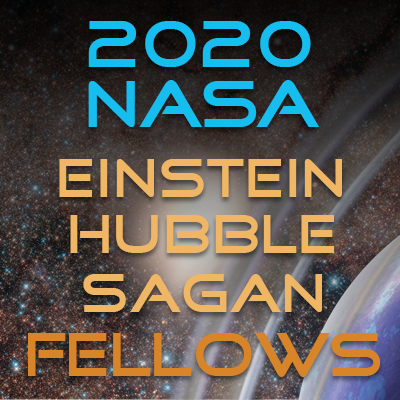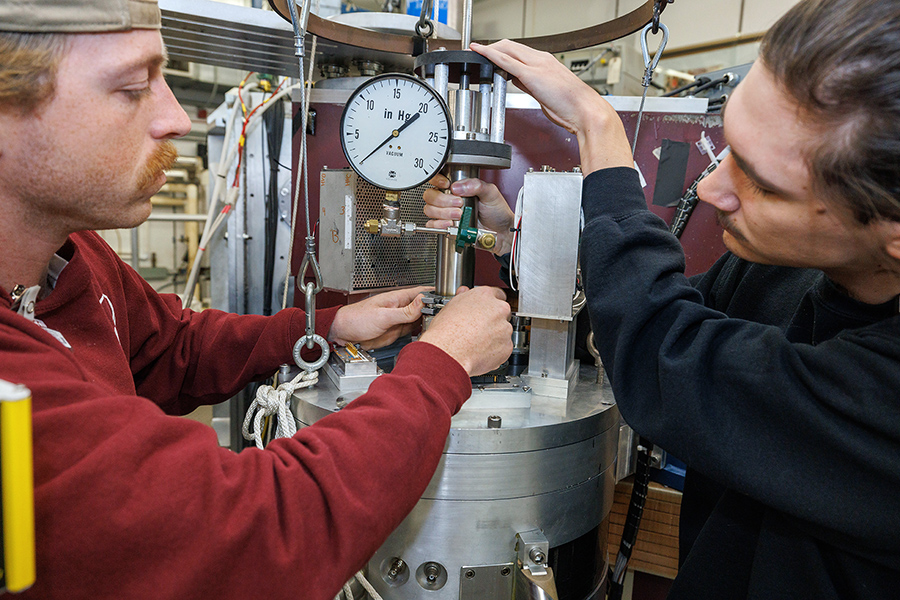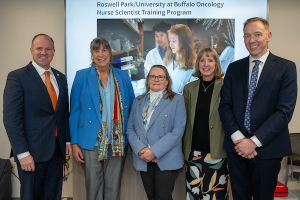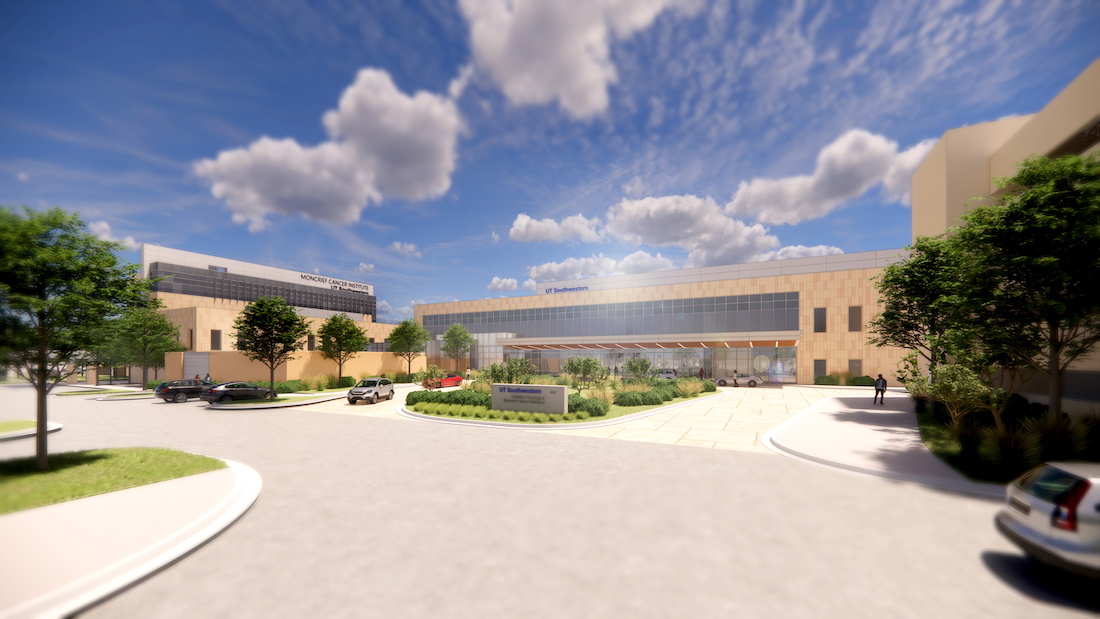The NHFP is one of the highlights of NASA’s pursuit of excellence in space science, and preserves the legacy of NASA’s previous postdoctoral fellowship programs – the Hubble, Einstein and Sagan Fellowships. Once selected, fellows are named to one of three sub-categories corresponding to three broad scientific questions NASA has sought to answer about the universe:
How does the universe work? – Einstein Fellows
How did we get here? – Hubble Fellows
Are we alone? – Sagan Fellows
“I am excited that this outstanding group of young scientists has accepted NASA Hubble Fellowships,” said Paul Hertz, Astrophysics Division director at NASA Headquarters in Washington, D.C. “I am confident that the research they do will address the most compelling questions in astrophysics and have an impact on our field far beyond the three-year duration of their Fellowships.”
The newly selected NHFP Fellows will begin their programs in the fall of 2020 at a university or research center of their choosing in the United States. The list below provides the names of the 2020 awardees, their institutions, and their proposed research topics.
2020 NASA Hubble Fellowship Program:
How does the universe work? – Einstein Fellows:
- Carlos Blanco, Princeton University, Sub-GeV Dark Matter: Novel Models and Detection Strategies Using Molecular Targets
- Hsin-Yu Chen, Massachusetts Institute of Technology, Cosmology and Astrophysics with Gravitational Waves from Stellar-Mass Compact Binary Mergers
- H. Thankful Cromartie, Cornell University, Fundamental Physics with Millisecond Pulsars
- Maya Fishbach, Northwestern University, Stellar Afterlives and Black Hole Cataclysms: Learning about Stars, Galaxies, and the Cosmic Expansion with Gravitational Waves
- Thomas Holoien, Carnegie Observatories, Stellar Scouts: Tidal Disruption Events as Probes of Black Holes
- Lucas Johns, University of California, Berkeley, Oscillating Neutrinos in Core-Collapse Supernovae
- David Jones, University of California, Santa Cruz, Supernova Cosmology in the Era of Cosmological Tensions
- Katelin Schutz, Massachusetts Institute of Technology, Dark Sectors in High-Redshift Observations
How did we get here? – Hubble Fellows:
- Shany Danieli, Institute for Advanced Study, Exploring the Nature of Dark Matter Using Low Surface Brightness Galaxies
- Ylva Götberg, Carnegie Observatories, Finding and Characterizing the Missing Stars Stripped in Binaries – From Gravitational-Wave Events to the High-Redshift Universe
- Marc Teng Yen Hon, University of Hawaii, Unraveling the History of the Galaxy with TESS Asteroseismology
- Sarah Pearson, New York University, Decoding Extragalactic Stellar Streams: What Will They Teach Us About Dark Matter?
- Ryan Sanders, University of California, Davis, Accurate Galaxy Metallicities and a Robust Interpretation of Emission Lines at High Redshifts: Crucial Preparatory Work for JWST
- Siyao Xu, Institute for Advanced Study, Cosmic Ray Diffusion in the Multi-Phase Interstellar Medium
- Michael Zevin, KICP, University of Chicago, Deciphering the Biography of Massive Stars: Compact Object Mergers as a Rosetta Stone
Are we alone? – Sagan Fellows:
- Peter Gao, University of California, Santa Cruz, The Role of Aerosols in the Formation and Early Evolution of Giant Planets
- Jane Huang, University of Michigan, Mapping the Evolving Conditions of Planet Formation
- Aleksandra Kuznetsova, American Museum of Natural History, Uncovering Planet Formation in Embedded Disks
- David Martin, The Ohio State University, Two Projects with Circumbinary Planets – Using the Planets to Solve Super-Earth Formation, and the Binaries to Empirically Constrain M-Dwarfs
- Sarah Millholland, Princeton University, Formation and Dynamics of Short-Period Exoplanetary Systems
- Emiel Por, Space Telescope Science Institute, Integrated Coronagraphy and Wavefront Sensing for Future Giant Segmented Space Telescopes
- Arpita Roy, California Institute of Technology, Of Worlds to Come: Delivering on the Promise of Extreme Precision Spectroscopy for Exoplanets
- Zoe Todd, University of Washington, From Astronomy to Chemistry: Towards a Continuous Path for the Origins of Life
- Kevin Wagner, University of Arizona, A New Era of Exoplanet Imaging: Mid-Infrared Exploration of the Habitable Zones of Nearby Stars
An important part of the NHFP are the Symposia, which allow fellows the opportunity to present results of their research, and to meet each other and the scientific and administrative staff who manage the program. This year’s symposium is scheduled to take place the week of September 21, 2020 at the Space Telescope Science Institute (STScI) in Baltimore, Maryland.
STScI administers the NHFP on behalf of NASA, in collaboration with the Chandra X-ray Center at the Smithsonian Astrophysical Observatory in Cambridge, Massachusetts, and the NASA Exoplanet Science Institute at Caltech/IPAC in Pasadena, California.
For more information about the NASA Hubble Fellows program, visit:
https://hubblesite.org/contents/news-releases/2020/news-2020-20
http://nhfp.stsci.edu
Cheryl Gundy
Space Telescope Science Institute, Baltimore, Maryland
410-338-4707
[email protected]
Original post https://alertarticles.info




